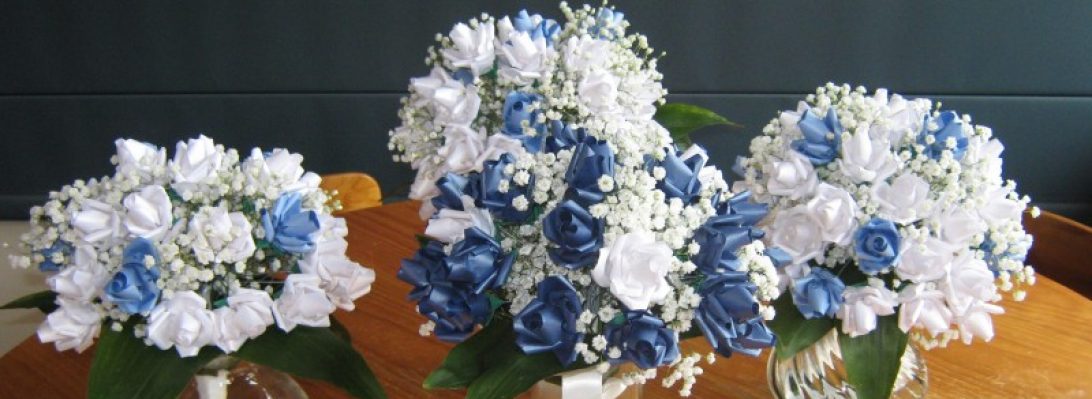You know that feeling when you plan (and see quite clearly in your head) something and then it turns out exactly like you envisaged it? This is one of those moments:
I had a model fail on a large sheet of lithography paper and considered binning the resultant crumpled mess, but remembered an origami technique pioneered by Paul Jackson in 1972 called “crumpling”. You take a piece of paper (I carefully unfolded the model fail) and systematically crumple it, unfold it, re-crumple in a different place and direction, unfold and repeat. The result is a deliciously textured and malleable sheet that can then be formed, when dampened slightly, into lovely organic shapes.
I had this idea of a gnarled tree (modelled on a bonsai I have had since before my 23yo son was born) and so set about fashioning one, twisted and poorly pruned though it is. I then wet it, and bound it with a little twine while it dried.
Atop this lovely tree is the most lovely owl by Hideo Komatsu – I have held off folding this because he is designed to be perched (as in he does not stand on flat surface but rather sits astride some horizontal thing. 1+1=a million. I love this, it is still making me smile and I know the perfect thing for him – sorry, NO auction for this one.
It is so rare that an idea so perfectly matches the expression of that idea but this is one such occasion. I have learnt so much about myself and paper over the course of this year that this model seems fitting as the project winds up.































